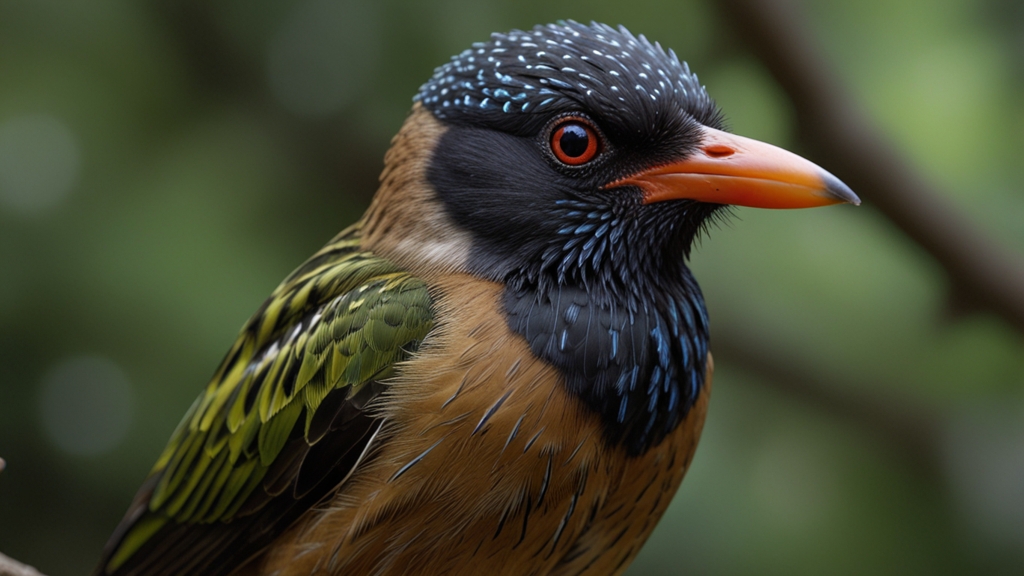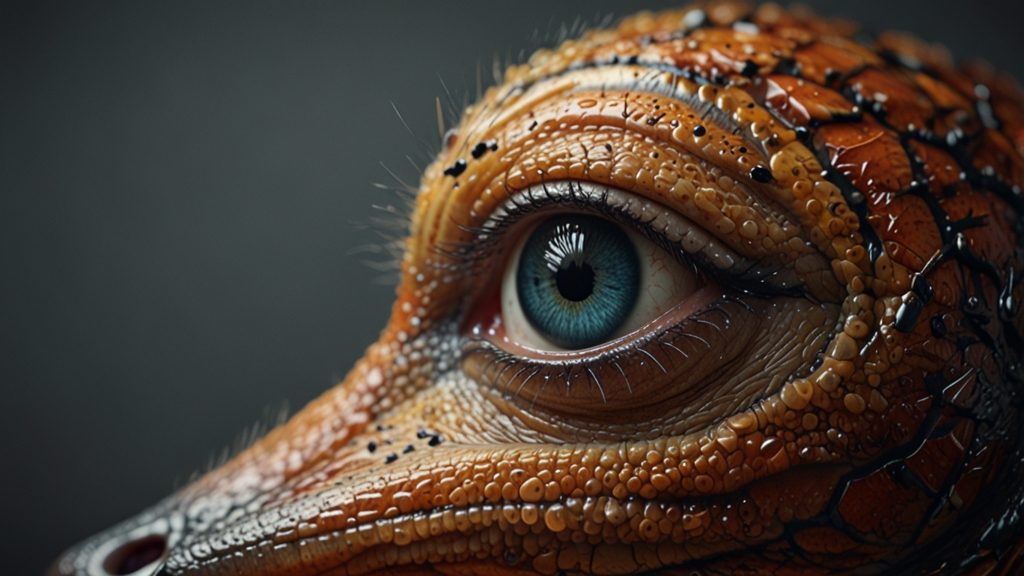The Strangest Birds You've Never Heard Of: Nature's Oddities
Nature is a treasure trove of incredible diversity, with no shortage of peculiar and fascinating creatures. Amongst the canopy of trees and the expanse of the skies, some birds stand out not due to their beauty, but because of their distinct oddities. Here, we present a collection of the strangest birds you’ve likely never heard of, each one a testament to the wonders of evolution.
The Kakapo: The Night Parrot
One cannot discuss peculiar birds without mentioning the kakapo (Strigops habroptilus). This nocturnal, flightless parrot is native to New Zealand and is distinguished by its mossy green feathers and owl-like demeanor. The kakapo possesses an unusual adaptation strategy: it freezes in place when threatened. Unfortunately, this tactic works against its favor when evading predators like stoats and rats.
"The kakapo is a strange paradox: a bird evolved in the absence of mammalian predators, now clinging to survival on predator-free islands." – Conservationist
What sets the kakapo further apart is its unique breeding process. The males create booming calls heard over several kilometers to attract females. With a current population of fewer than 200 individuals, the kakapo is a critically endangered species, relying heavily on conservation efforts to sustain its numbers.
The Hoatzin: The Stinkbird
In the tropical swamps of the Amazon resides the hoatzin (Opisthocomus hoazin), often colloquially called the "stinkbird." This bird gets its nickname due to the distinct, manure-like odor it emits, a result of its digestive process. Unlike most birds, the hoatzin digests its food through bacterial fermentation in its enlarged crop, similar to how cattle digest grass.
"The hoatzin's evolutionary distinctiveness is a biological puzzle that continues to intrigue ornithologists and geneticists alike." – Biologist
Adding to its oddity, young hoatzins possess two clawed digits on each wing for climbing, reminiscent of ancient bird species like Archaeopteryx. These claws disappear as the bird matures, yet they represent a fascinating glimpse into avian evolution.
The Frogmouth: Masters of Disguise
The frogmouth is a name that encompasses various species in the order Podargidae, native to Australia and Southeast Asia. These birds get their name from their large, frog-like mouths, which they use effectively to snatch up insects during nighttime forays.
However, it's their daytime behavior that sets frogmouths apart. With perfectly camouflaged plumage, these birds can remain undetected as they sleep on branches, resembling broken twigs or tree bark. Their motionless stance is a survival tactic, ensuring they blend seamlessly into their surroundings to evade predators.
The Shoebill: The Dinosaur Bird
With its prehistoric appearance and massive, shoe-shaped bill, the shoebill (Balaeniceps rex) is undoubtedly one of the strangest birds. Found in the swamps of East Africa, the shoebill’s formidable bill allows it to catch large prey like lungfish, eels, and even young crocodiles.
"Watching a shoebill in its natural habitat is like looking through a window into the age of dinosaurs." – Wildlife Photographer
Shoebills stand impressively tall, often exceeding 4 feet in height. Their slow, deliberate movements and intense, unblinking stare lend them an almost eerie aura. Despite their fearsome appearance, shoebills are generally solitary and elusive birds.
The Lyrebird: Nature's Mimic
The lyrebird of Australia is renowned for its extraordinary ability to mimic natural and artificial sounds with remarkable accuracy. Although aesthetically beautiful with its elaborate tail feathers, it is the lyrebird’s vocal prowess that captivates both researchers and bird enthusiasts.
From chainsaws to camera shutters, lyrebirds can replicate a wide array of sounds they hear in their environment. These calls are primarily used by males during elaborate courtship displays to attract mates, integrating the sounds into their songs.
Each of these birds represents the myriad ways evolution can shape life, creating creatures that baffle and inspire. As we continue to explore and discover the natural world, let us remember to celebrate these oddities, ensuring that even the strangest among them have a place in our planet's future.











